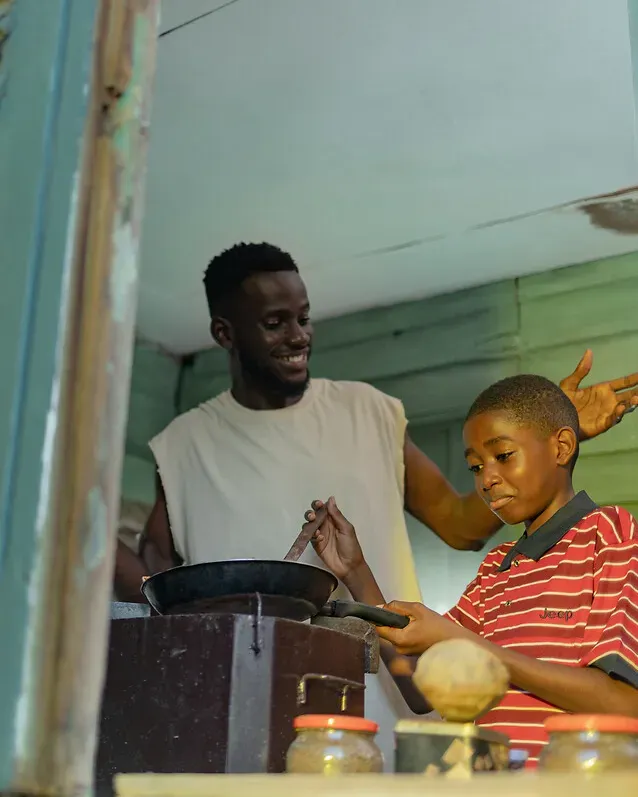#ForGoodConnections continues to grow in 2025, with actions deployed throughout the many regions where Orange operates. Our approach addresses the challenges of hyperconnectivity and cyberbullying through initiatives adapted to each local context.
17,000 high school students took part this year in a nationwide cybersecurity awareness program. After activating Orange Mobile ID for free to support their university applications, every student attended a two-hour session on the opportunities and risks of the digital world. At the same time, our We Care volunteer trains more than 1,000 students every year in online safety across Moldovan schools.
Our commitment is reflected shaped by three complementary programs. "Lesson: AI” (2025–2027) is training more than 11,000 teachers in artificial intelligence. “Edukacja na Cyfrowo” develops digital skills among teachers in five Polish provinces, while “Szkoła Jutr@” helps teachers in other provinces design classes adapted to the challenges of the smartphone era.
Our partnership with the Internet Society raised awareness among 23,000 students in 41 schools in 2023, highlighting the effectiveness of approaches rooted in local cultural and educational contexts.
We launched an anti-bullying training program backed by Princess Lalla Meryem and first lady Brigitte Macron. The goal is to help middle schoolers understand online risks and equip schools with a practical guide to take action effectively.
Launched in 2022, the Safe Zone is an innovative way to reach young people on the gaming platforms they use most, such as Fortnite and Roblox. Orange supports them in these gaming environments where the absence of rules can lead to toxic behaviors.
These virtual “phone booths” allow players to report inappropriate behavior and direct victims to local support organizations. Now available as open source solutions and deployed in France, Spain, Romania, Poland, Luxembourg and Slovakia, the Safe Zones have been used by more than 17 million players since their launch.
#ForGoodConnections transform children’s lives in 25 countries where Orange is present throughout Europe, Africa and the Middle East.
To engage 10 to 14 year olds, we created “Déclic,” (or “Click!”) a collaborative card game that introduces online safety topics through play. This educational tool has already been deployed in Africa and the Middle East and will expand to France and Romania by the end of 2025.
We also coproduced “TKT” (short for t’inquiète, or “don’t worry”), a powerful film on bullying and cyberbullying that has already been shown in Belgium, Luxembourg, France and Slovakia. This film was made for a wide audience of young people, parents and teachers, with the aim of helping them understand how harassment works and adopt the right responses to cyberviolence.
Discover #ForGoodConnections initiatives around the world: awareness workshops in Moldova, a sports tournament in Mali, Safe Zones in gaming platforms and the 2025 #ForGoodConnections Days. These highlights illustrate our concrete commitment to creating a safer digital world for children.




